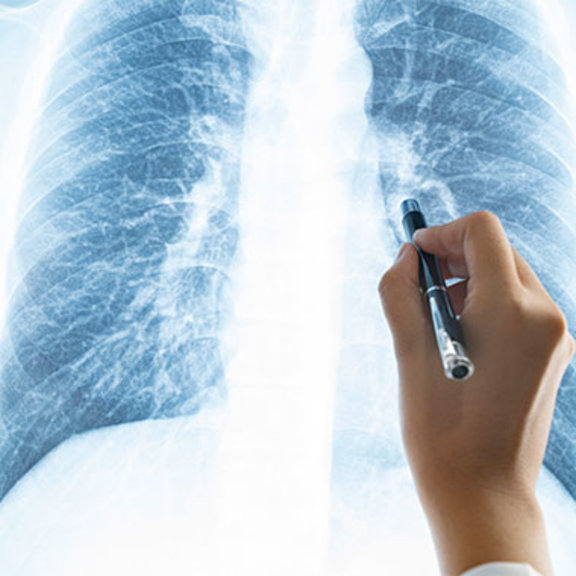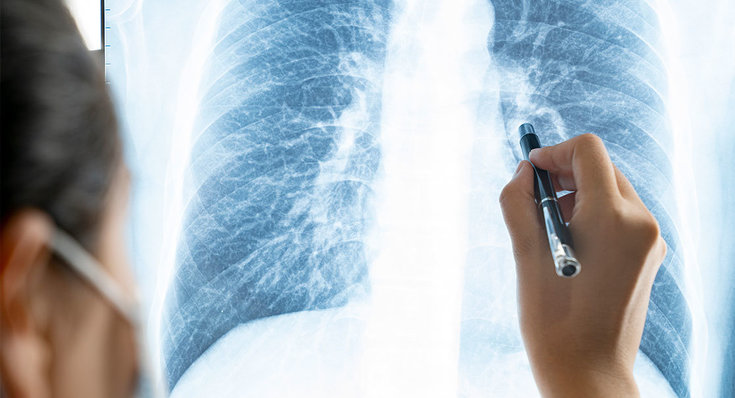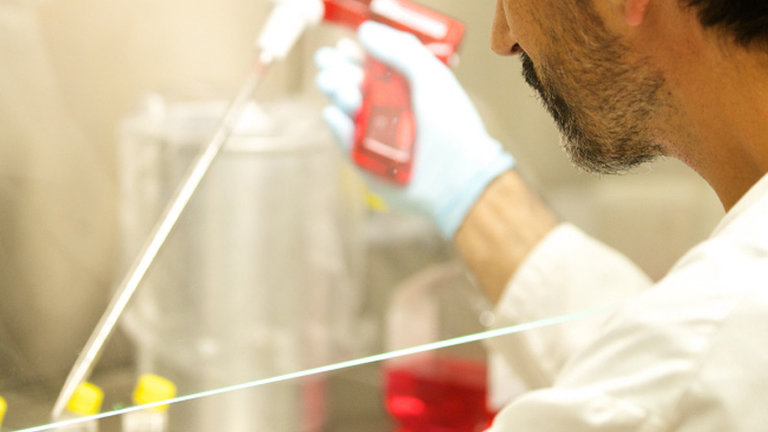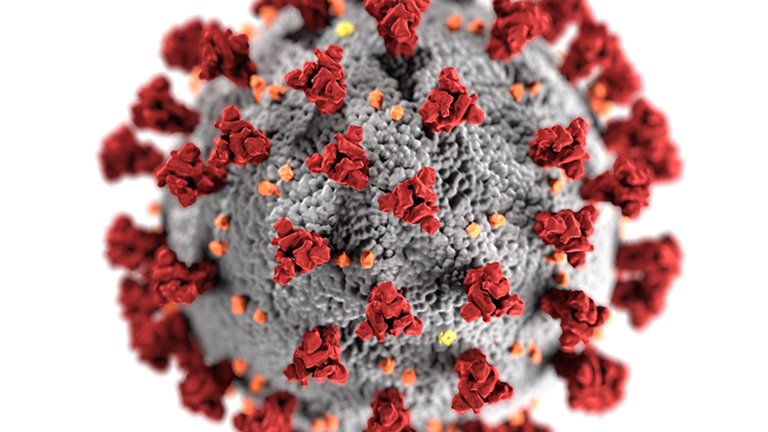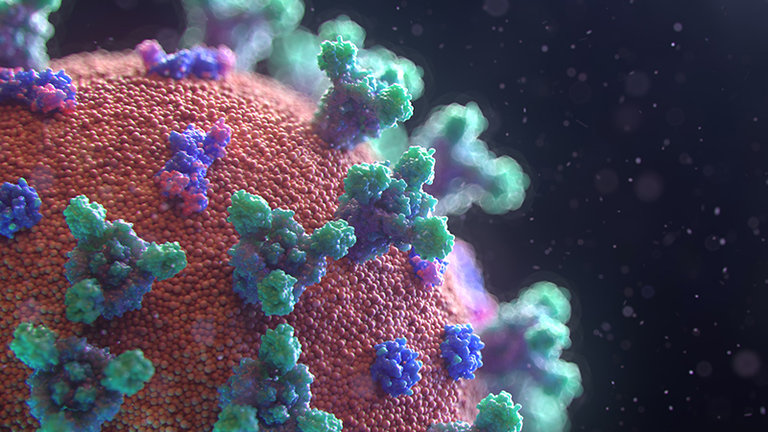Limiting complications after a lung transplant
Research of a therapeutic approach to decrease the consequences of oxygen deprivation in the lung during transplantation procedures.
5 years after a transplantation, more than half of the patients who received a transplant suffer from chronic lung graft dysfunction. This leads to respiratory difficulties that progressively worsen. Prof. Romain Kessler and his team at the Strasbourg University Hospital are leading an ambitious and innovative project to find new therapies. Their work consists of countering the deleterious consequences of the low oxygen supply to the transplanted lung during the operation, particularly between the moment the lung is removed from the donor and the moment it is transplanted to the recipient.
A common complication following a lung transplant
5 years after a lung transplant, more than 50% of patients suffer from Chronic Lung Graft Dysfunction (CLGD). This can result in Obliterative Bronchiolitis, a disease characterized by inflammation associated with fibrosis* of the bronchiolar wall. This leads to respiratory discomfort (dyspnea on exertion) and ultimately a reduced life expectancy. At the present moment, there is no effective treatment for CLGD.
More than 50% of patients suffer from chronic lung graft dysfunction 5 years after their lung transplant
Looking for a treatment The project’s objective
Prof. Romain Kessler’s team are looking for therapeutic tools to limit the consequences and the seriousness of complications following a lung transplant. This would also allow the optimization of treatment during other organ transplantations (heart, liver, kidneys…)
Understanding the mechanisms of tissue hypoxia
Chronic Lung Graft Dysfunction (CLGD) is certainly due to multiple causes. Ischemia, i.e. a decrease in arterial blood supply of oxygen to the lung during transplantation, seems to affect the subsequent evolution of the graft and to promote CLGD.
Prof. Kessler’s team tries to answer these different questions:
- How do the epithelial cells lining the bronchial tubes react to the lack of oxygen - hypoxia - with or without immunosuppressants? Immunosuppressants are drugs that are used to prevent the rejection of the transplanted organ However, these treatments reduce the body's defense reactions against foreign organisms (bacteria, viruses, fungi, etc.).
- What is the effect on bronchial epithelial cells under hypoxic conditions of an infectious stimulus?
Knowledge of these mechanisms should make it possible to consider interventions or treatments designed to fight tissue hypoxia in the transplanted organ and to adjust the doses of immunosuppressants.
The researchers are exposing bronchial epithelial cells to a hypoxic environment - lack of oxygen - to simulate the effects of ischemia - reduced arterial blood supply during transplantation. Prof. Kessler's team uses 2D and 3D cell culture models.
What the Air Liquide Foundation is doing
The Air Liquide Foundation is financing a hypoxia incubator, molecular biology and cell culture equipment, reagents, and other small equipment.
